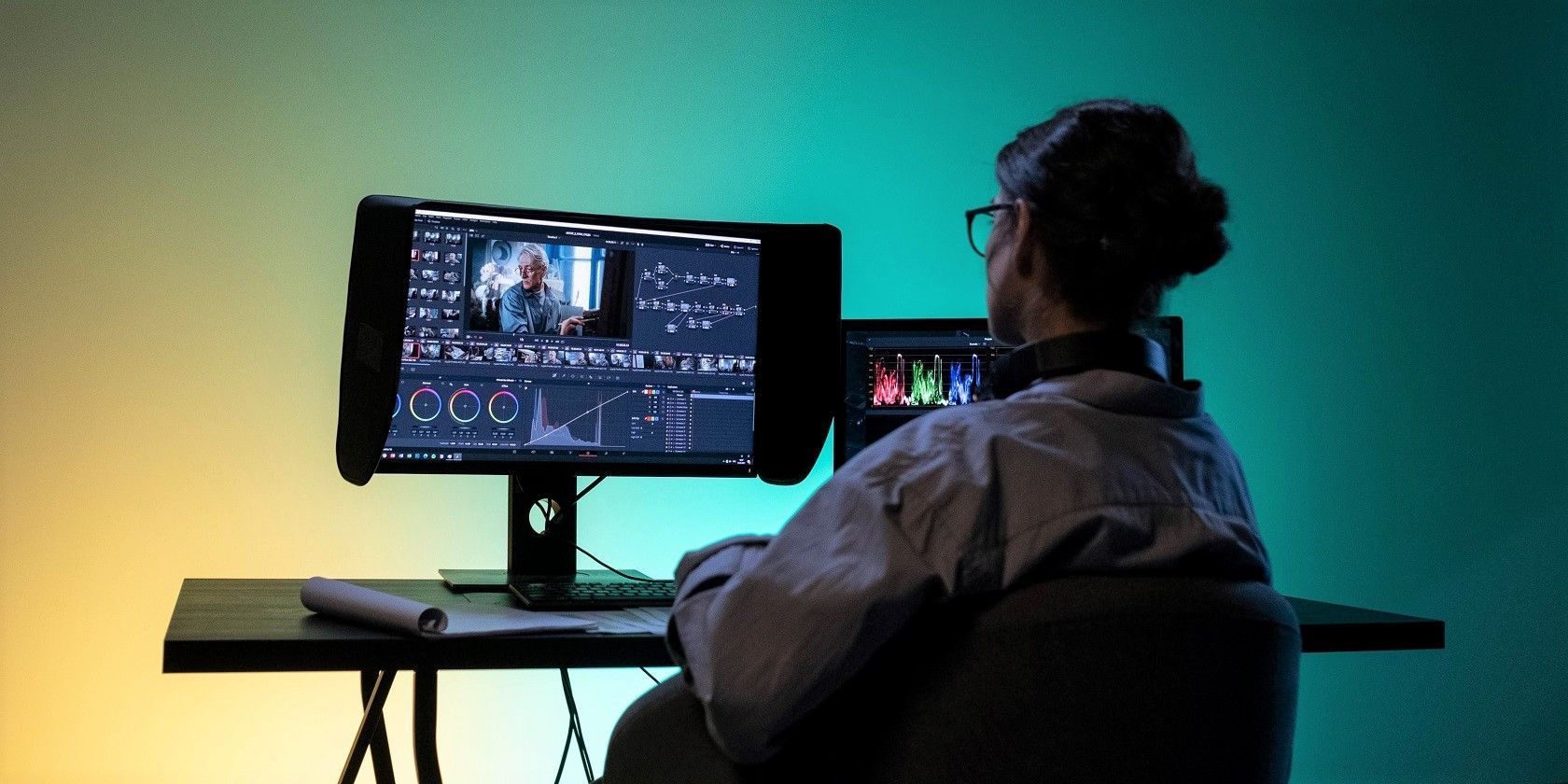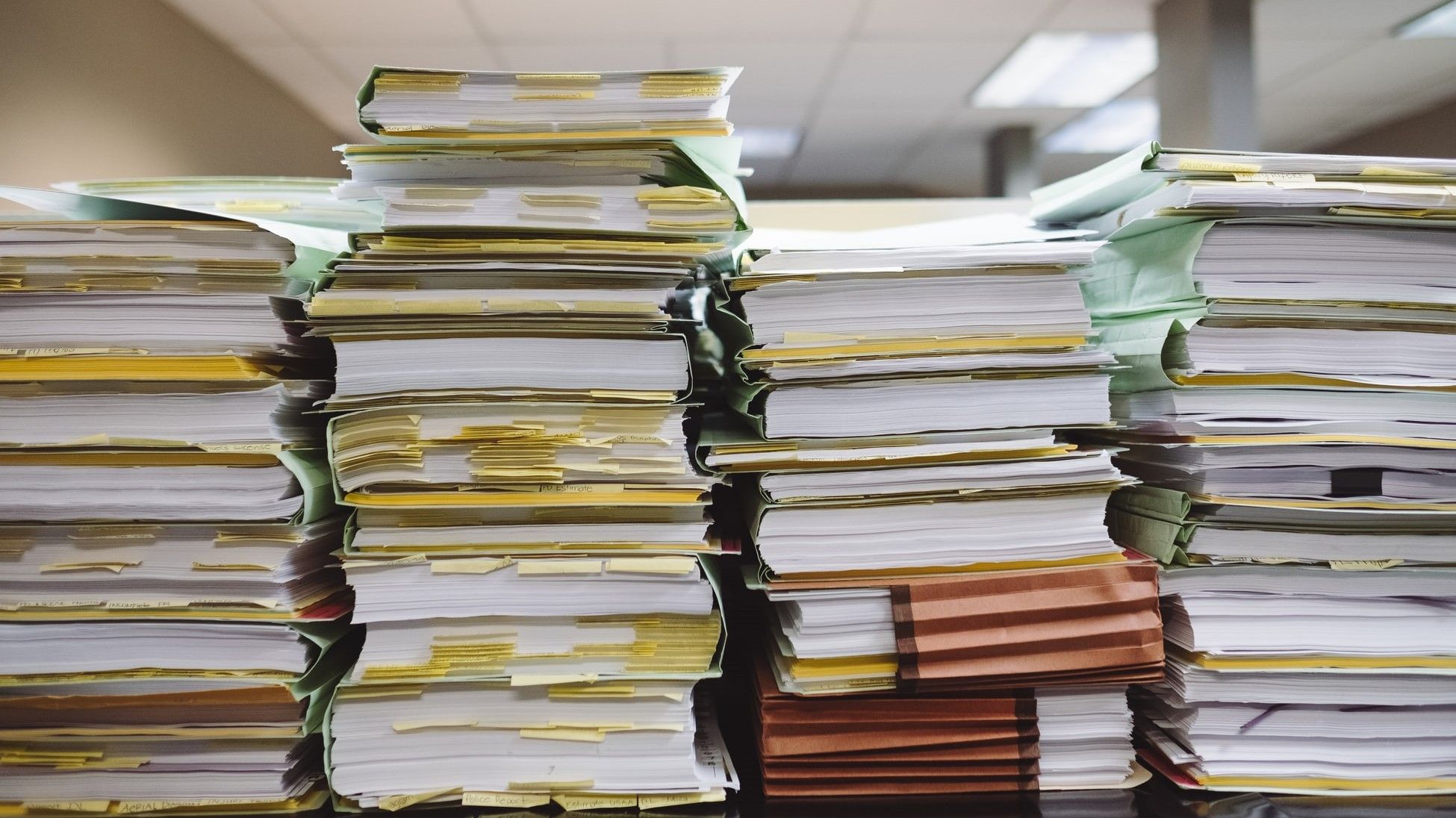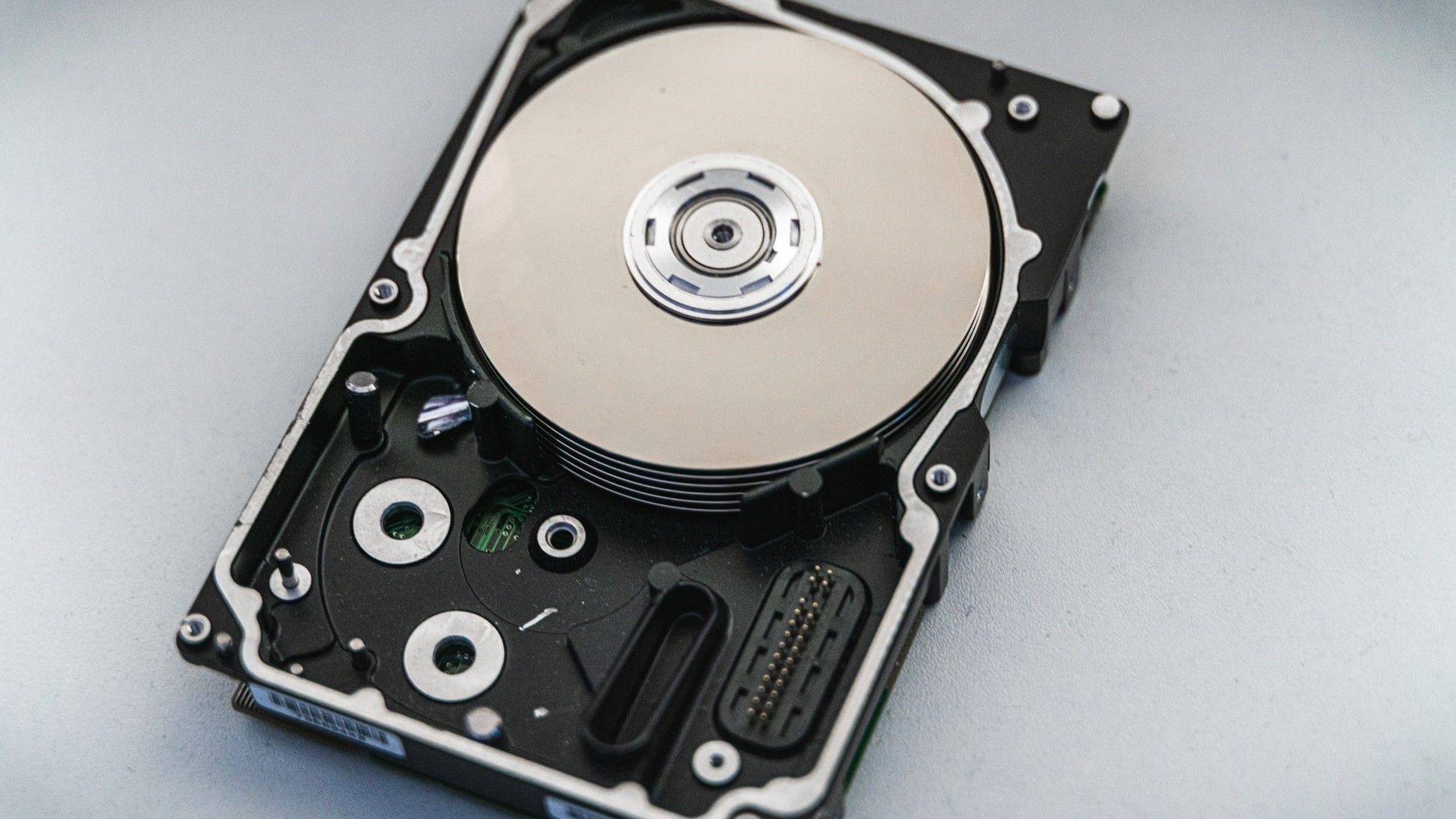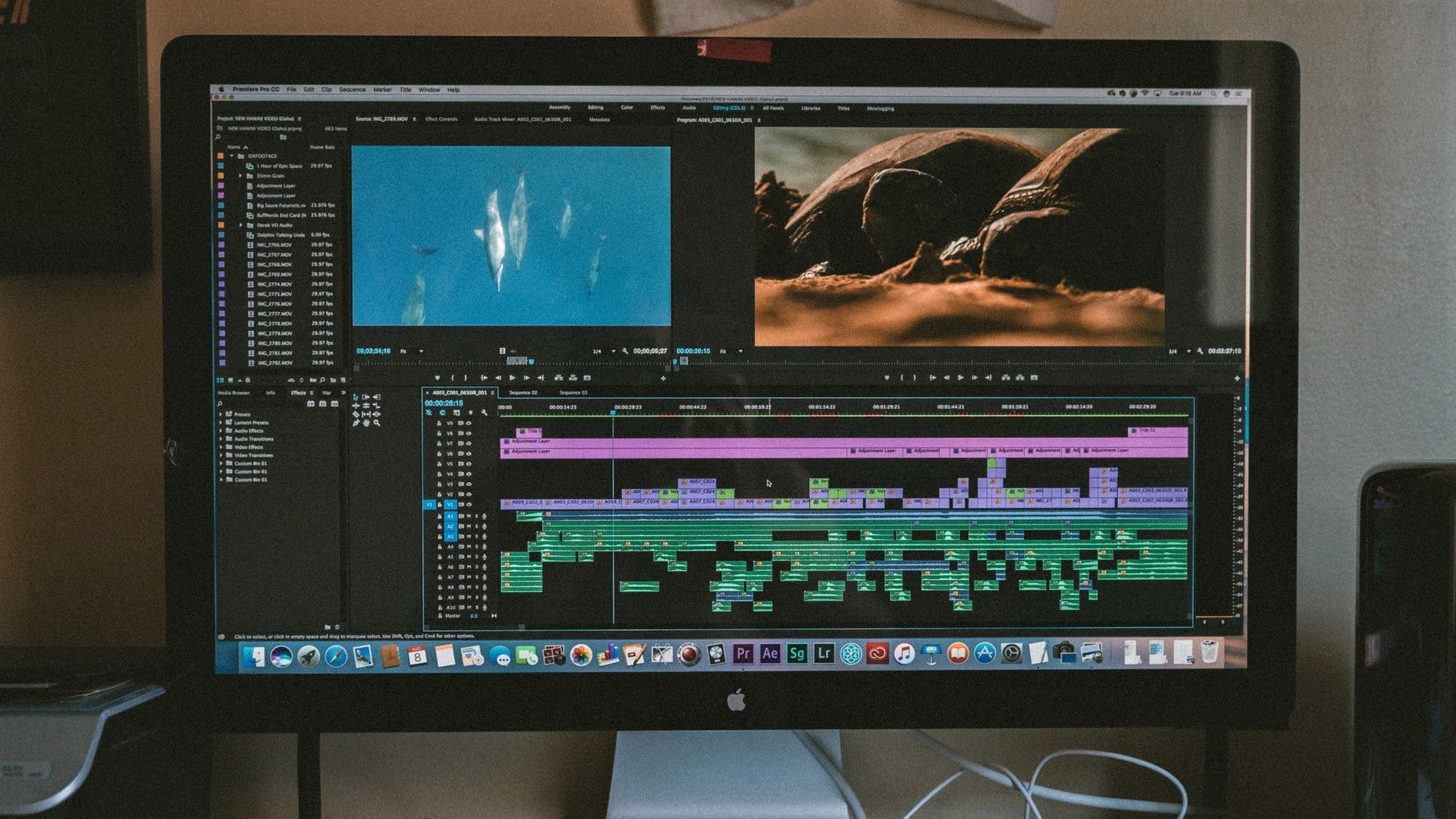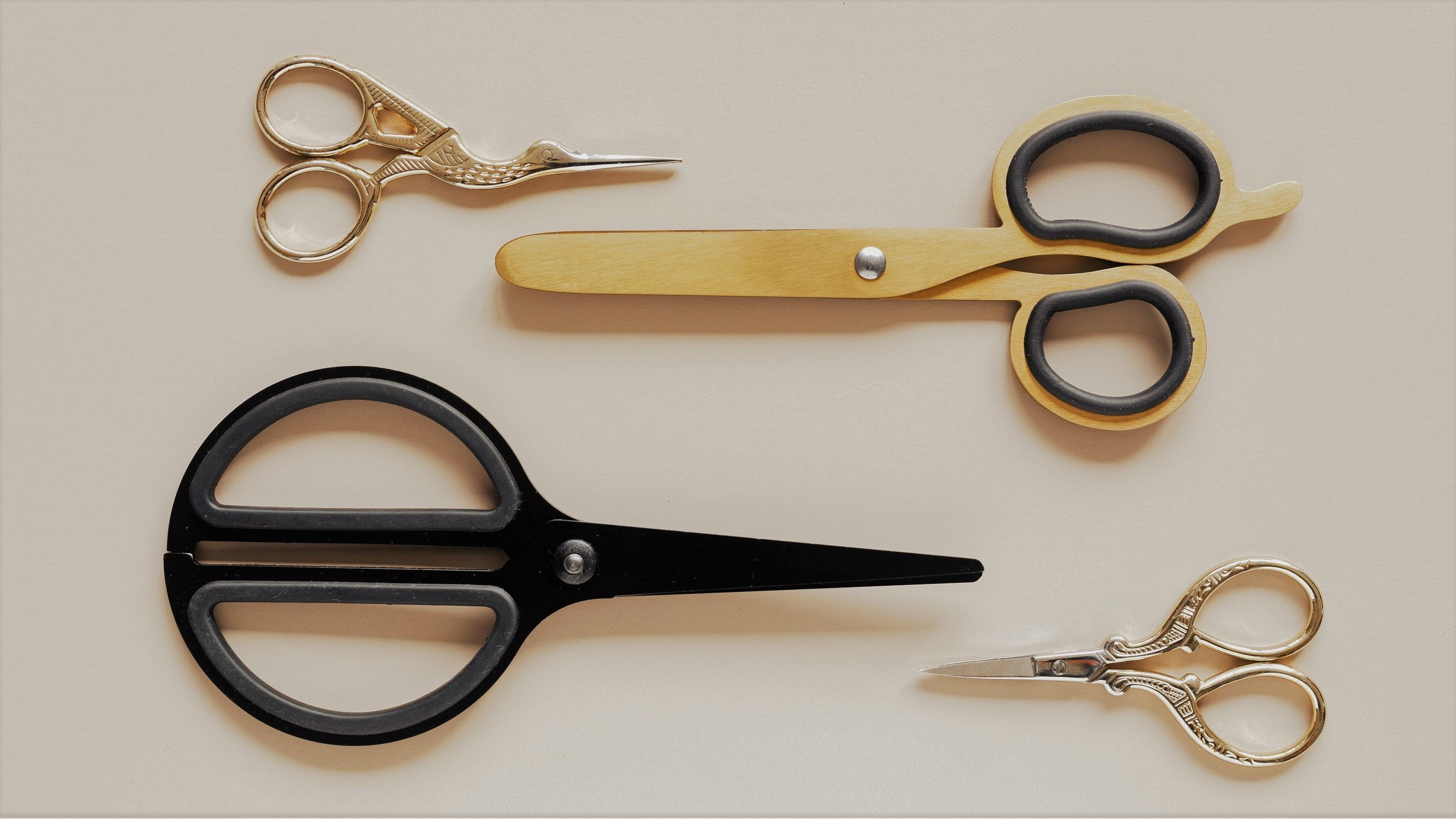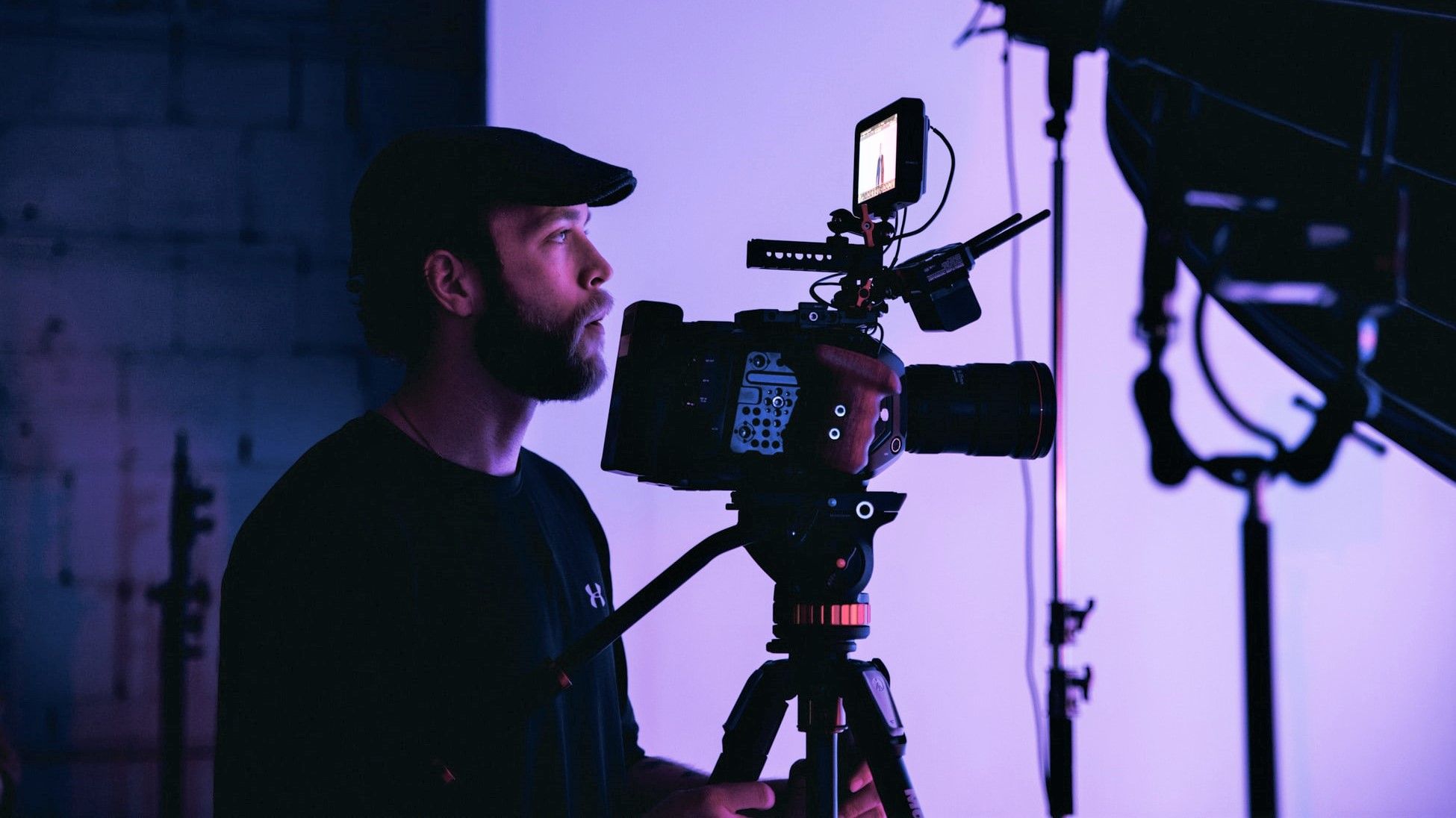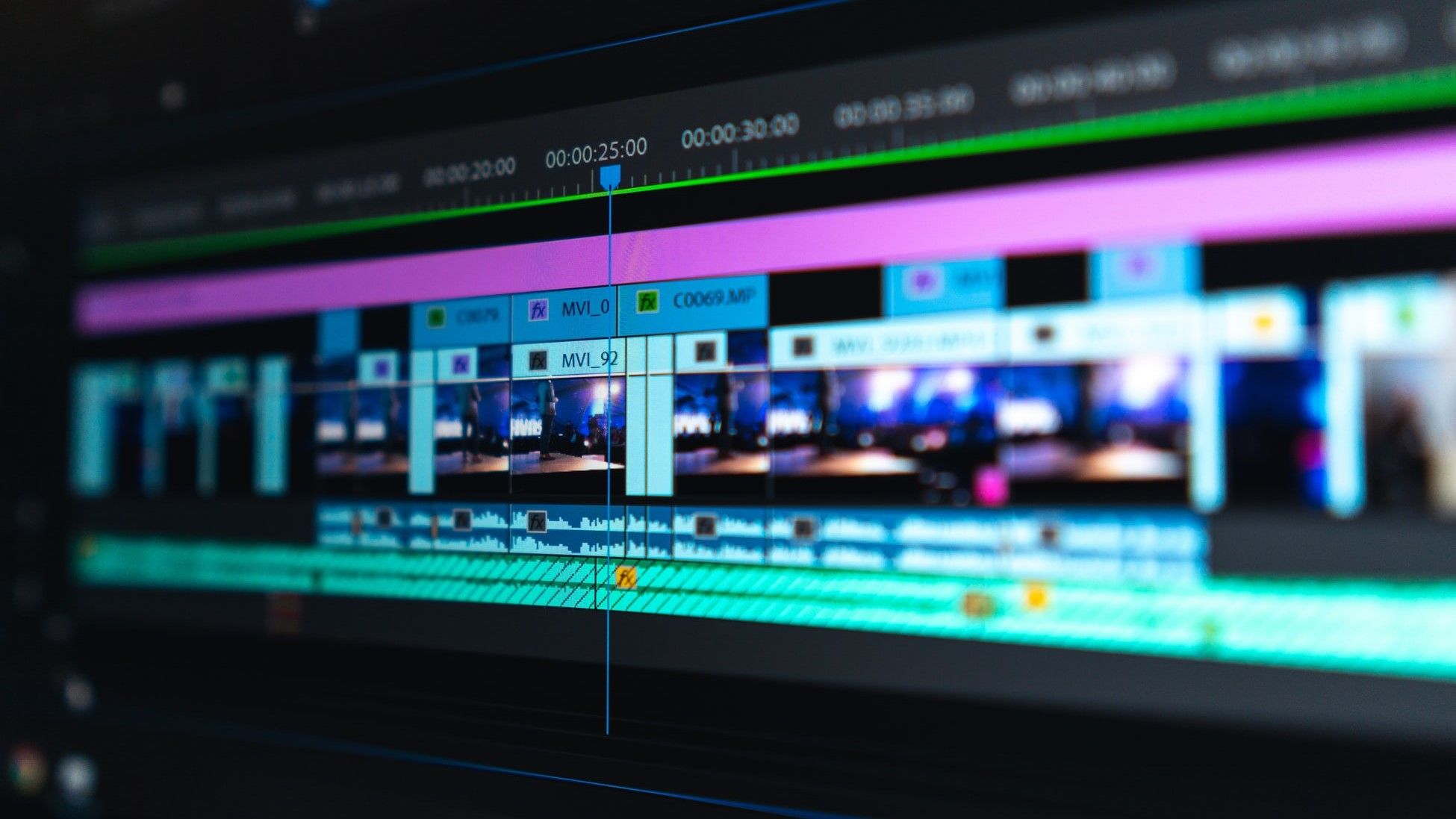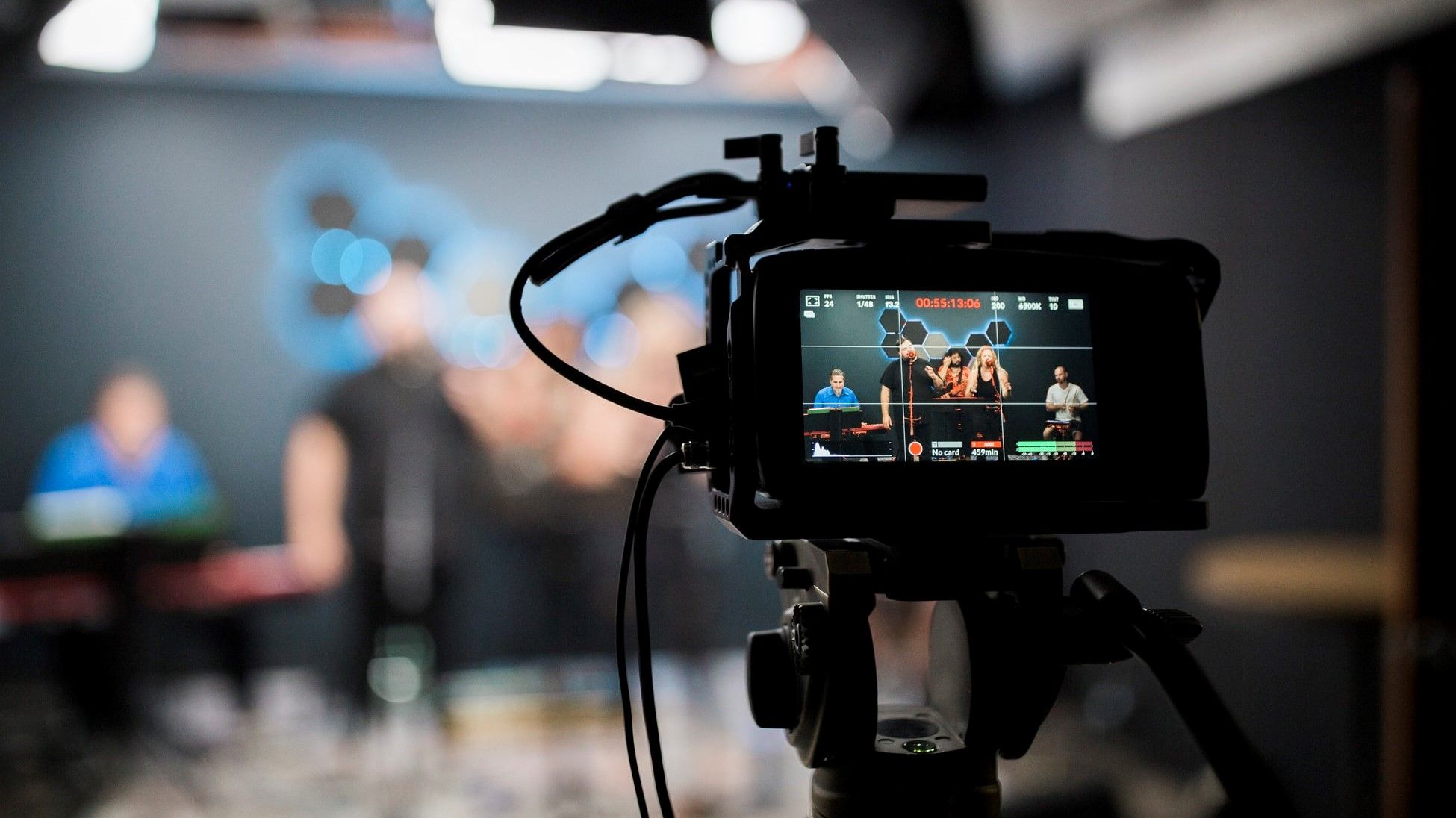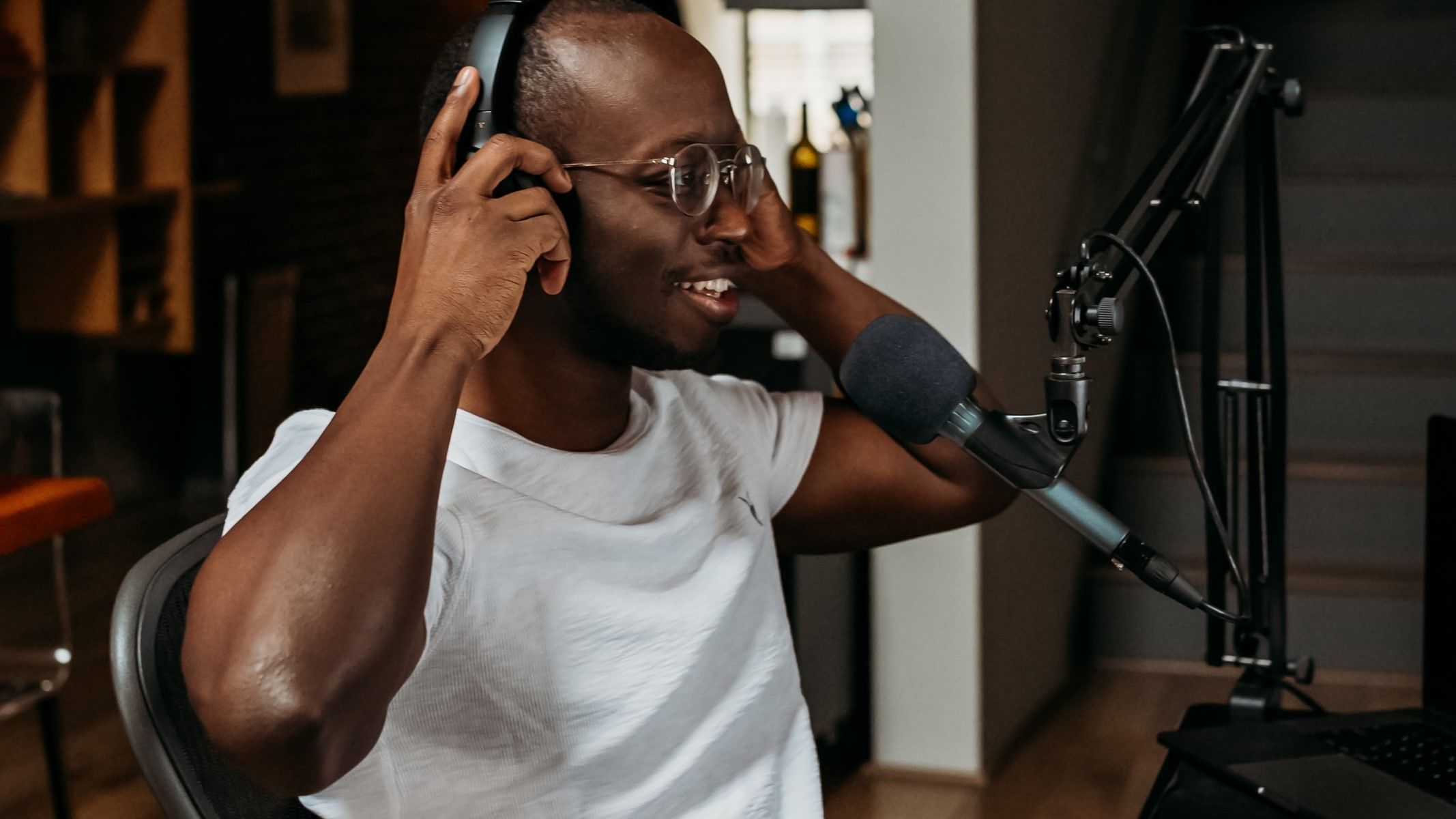Editing is typically the final process that happens before a video gets to you for final viewing. If you've had to make a video yourself, you'll also know it can be a time-consuming process.
If you're just getting into the editing game, you may be confused as to what to do with the many millions of clips you have—well, we're here to help. Here are several things worth remembering to help enhance your editing chops.
1. Maintain a Project Directory
When editing a big project for the first time ever, it's easy to just throw everything onto your desktop and hope for the best. Well, to say it simply, don't do that. Every single time you start an editing project, you need to make a project directory.
Create a project folder, and within that folder, have a few more folders with labels like Raw Footage, Sound, Music, Photos, Graphics, and so on. Place all of the materials in these folders according to their type. It's also a good idea to label each individual file with a brief description of its contents.
The project file itself (whether that be one for iMovie or Premiere) can be placed in the directory as-is—no special folders needed.
Organizing the project this way will keep things easily accessible and result in a speedy workflow.
2. Two Is the Magic Number
Hard drives and memory cards can fail you when you least expect it, so it's safer to keep a copy of your project directory in a separate location. Cloud storage will suffice, but you might be limited by the upload speed and storage space. It's always best to keep the copy on your computer and on an external hard drive.
If you want to keep an archive of everything once the project has come to an end, transfer the files onto a second external drive and delete them from your computer. This way, you'll free up space on your computer while still possessing two copies of the project.
3. Choose Your Weapon Wisely
When choosing a video editor, it's all about control. Do you need something simple that only allows you to throw a few clips together and then add some titles? iMovie, Windows Movie Maker, or the YouTube video editor will be just fine.
However, if you need something more complex that allows you to layer videos like Photoshop and utilize keyboard shortcuts, then Adobe Premiere Pro is a good pick.
Bear in mind that there's a learning curve to the more advanced editors. Sometimes it's good to get started with an introductory prosumer editor, like Adobe Premiere Elements, Final Cut Pro X, or Vegas Pro.
4. Trim the Fat
Trimming is by far the most important editing tool you'll use—and you'll use it a lot.
Once you've cut your footage into separate clips, trim their beginnings and endings. This will keep the footage free from unwanted frames where nothing of importance seems to happen, and will highlight the important events that you want to showcase.
5. Avoid Jumpcuts
Filming interviews where the interviewee says "um" and "uh" every other breath is a hassle. If you simply trim off the "ums" and "uhs," the flow of the footage will look choppy.
The good news is that you can layer extra video clips of shots pertaining to the content (called b-roll or cutaways) over these awkward moments. If you do this carefully, it will look like they spoke without a hitch, and the flow will make it easier for viewers to follow along.
Bear in mind that you'll need a more advanced, non-linear, editing system for this such as Adobe Premiere or Final Cut. Prosumer editors allow for video layering, but iMovie will not.
6. Vary Your Shots
You need to keep your content visually interesting. Rather than just using the same shot for the entire video, try switching things up with more interesting angles. This can be something as simple as recording your interview with two cameras and switching between them (another way to hide awkward "uhs" and "ums").
Use these cuts sparingly, however. Don't do it every other second. A nice rule is to make cuts based on the beat of the music or at pauses when people speak.
7. Start Off With High-Quality Footage
Nothing screams unprofessional like low-quality footage (low resolution and low frame rate). If you want a high-quality result, you need to start off with high-quality footage in editing.
Film the scenes in the highest quality your camera allows and transfer the file footage directly to your computer.
During editing, you're bound to lose some quality, and there isn't much you can do to avoid it. To minimize the quality lost, try to tweak as little as realistically possible in the editing process, and avoid splitting and merging a clip more than once. This is why getting the perfect shot while filming is essential, so there isn't much that needs fixing.
Keep in mind that some editing software will require you to edit at a low resolution and frame rate to avoid lag during playback. So remember to set the resolution and frame rate settings as high as the editor allows when you export the project.
8. Don't Forget Coloring
Coloring consists of two components: color correction and color-grading. They're important editing steps that you don't want to skip, no matter how high-quality or well-edited your footage is otherwise.
Color correction is the process of adjusting the standard editing tools such as brightness, contrast, and saturation, to achieve the same coloring across all the clips. And then using those tools again to ensure everything has a natural coloring—as the human eye would perceive it. This editing step is crucial for visual consistency.
Color grading uses the same tools as color correction, typically in addition to filters and effects, to create a specific mood for your story. There are no rules, as this is a creative process that will vary from editor to editor. If you're not aiming for a particular aesthetic and want to keep things natural, you can get away with skipping color-grading.
9. Use a Second Source for Sound
You're always going to get clearer audio with something other than the onboard camera microphone. If possible, record your audio with a better microphone and separate recording system.
If you have access to a live sound engineer, ask them to record things separately and sync the audio in post-production (you'll need a non-linear editor for this). You can do this by visually matching the waveforms, or using software like PluralEyes, which does it for you. Adobe Premiere CC offers a similar synchronization function, so it's already built-in.
Unfortunately, low-end editors can't do this. In that case, try to get your hands on a microphone that can plug directly into the camera, like a lavalier. To up your audio game, have a look at the best shotgun mics.
10. Tell a Story
Always tell a story when you're editing and remember the basics of storytelling: beginning, middle, end.
Editors, as a profession, are some of the best storytellers out there. Without them, you would have a collection of random shots with nothing to tie them together. They provide the structure for the finished video, and the best ones are some of the highest-paid workers in the film industry.
Learn How to Edit Your Videos Like a Pro
If you've read to the end of this article, chances are you're a novice editor looking for advice on how to edit videos better, or perhaps you just wanted a few video editing tips. Well, the ones we've listed here should get you by in the meantime. Keep them in mind the next time you embark on your newest editing project.

